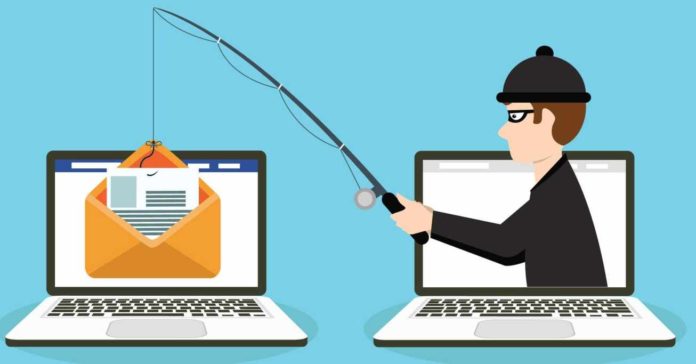Phishing scams have been around for more than 15 years now, and people are still falling victim to them every day. We all know we should be on the lookout, but knowing how to identify a phishing email isn’t always as easy as it sounds. Fortunately, there are some tried-and-true strategies you can follow to identify whether an email you received is legit or not and this guide will show you how!
Follow these six tips for identifying phishing emails so you can stay safe online!
1) Common mistake #1 – Ignoring non-branded emails
One of the most common mistakes people make is ignoring emails that don’t come from a branded email address. Just because an email isn’t from your bank or a company you recognize, doesn’t mean it’s not legitimate. Be sure to check the sender’s email address before you open any attachments or click any links.
2) Common mistake #2 – Clicking through links
Many phishing emails will try to bait you into clicking on a link, which then takes you to a fake website that looks legitimate. The URL may even look similar to the real website, but with a slight change. Pay close attention to the URL before clicking on any links in an email. If it doesn’t look quite right, don’t click it!
3) Common mistake #3 – Falling for a professional-sounding phishing email
Many phishing emails will try to sound professional in order to trick you into thinking they’re legitimate. They may have a fake logo or use language that sounds like it’s from a real company. Don’t be fooled! If you’re not sure if an email is legitimate, err on the side of caution and don’t click any links or open any attachments.
4) Common mistake #4 – Only checking once
Many people only take the time to check an email for signs of phishing once. But, if you’re not sure about something, it’s always best to err on the side of caution and check again.
We’ve all been there – you get an email and it looks phishy, but you want to make sure before you delete it. So, you check the sender’s email address, the subject line, and the body of the email. And it all looks legitimate! But before you click that link or download that attachment, take one more step to protect yourself from phishing attacks.
5) Common mistake #5 – Not backing up your data
Losing important data can be devastating for any business. Backing up your data is one of the most important things you can do to protect your business. There are many ways to backup your data, but the most important thing is to do it regularly. Here are some tips for backing up your data. Buy an external hard drive and copy all your files onto it at least once a week.
· Create regular backups of all files on your computer by selecting them in Finder and clicking Back Up Now in the File menu.
· Keep copies of backup drives in different places so that if there’s a fire or another disaster, you’ll have them stored safely elsewhere.
6) Common mistake #6 Not using an SSL certificate
Many phishing sites will not take the time or money to get an SSL certificate. The threat of phishing is increasing daily. It’s a high risk, if you don’t have an SSL certificate on your website. and If you wish to secure your email from an online attack like MiTM attacks, then you should get the SSL certificate.
SSL certificates are purchased as per the website’s structure. For example, PositiveSSL Wildcard is one type of SSL certificate that can be used on multiple subdomains. If you see https:// in the URL, and a green padlock in your browser, that’s a good sign the site is legitimate. Installing an SSL Certs permits that every disclosure between server and browser stays encrypted and secured from threats.
If the website displays this symbol it means they use a secure connection through their website and are actively protecting their visitors from fraudsters.
Final thought:
Phishing emails are tricky to identify, but if you’re able to recognize the common ways phishers attempt to fool you, you can spot one before it does any damage and avoid becoming a victim of cybercrimes.



































